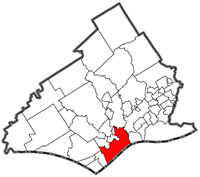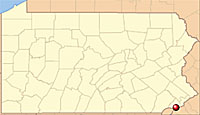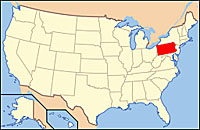Brownfields are places that cannot be reused, expanded or developed because of some environmental issues. For example, the Wade dump site can be defined as a brownfield because the toxic substances cannot be removed very easily, and so the waste continues to sit in the city of Chester.
The United State Environmental Protection Agency’s Brownfields Program is designed to empower states, communities, and other stakeholders in economic redevelopment to work together in a timely manner to prevent, assess, safely clean up, and sustainably reuse brownfields. A brownfield is a property where the expansion, redevelopment, or reuse may be complicated by the presence or potential presence of a hazardous substance, pollutant, or contaminant. The EPA’s Brownfields Program provides financial and technical assistance for brownfields activities through an approach based on four main goals:
- Protecting the environment addressing brownfields to ensure the health and well-being of America’s people and environment.
- Promoting partnerships enhancing collaboration and communication essential to facilitate brownfields cleanup and reuse.
- Strengthening the marketplace providing financial and technical assistance to bolster the private market.
- Sustaining reuse by redeveloping brownfields to enhance a community’s long-term quality of life.
The EPA lists the most important factors for protecting public health, including safety, or getting rid of structures that have safety risks, social and economic, and environmental health.
Famous brownfield chemical dumping cases include Love Canal and Chester’s Wade Dump Site. At Love Canal, in upstate New York, a community was built on top of a toxic waste sight, and President Jimmy Carter declared a state of emergency after genetic mutations occurred.
Fire at the Wade Dump site was blamed for the deaths of hundreds, due to release in toxins that created disease in the citizens.
If left unfixed, brownfields can be very dangerous to the community, but if treated correctly, can be turned into community resources such as shopping centers and parks.
For more details on Brownfield remediation, check out this Swarthmore Environmental Studies Capstone Project from 2009.


